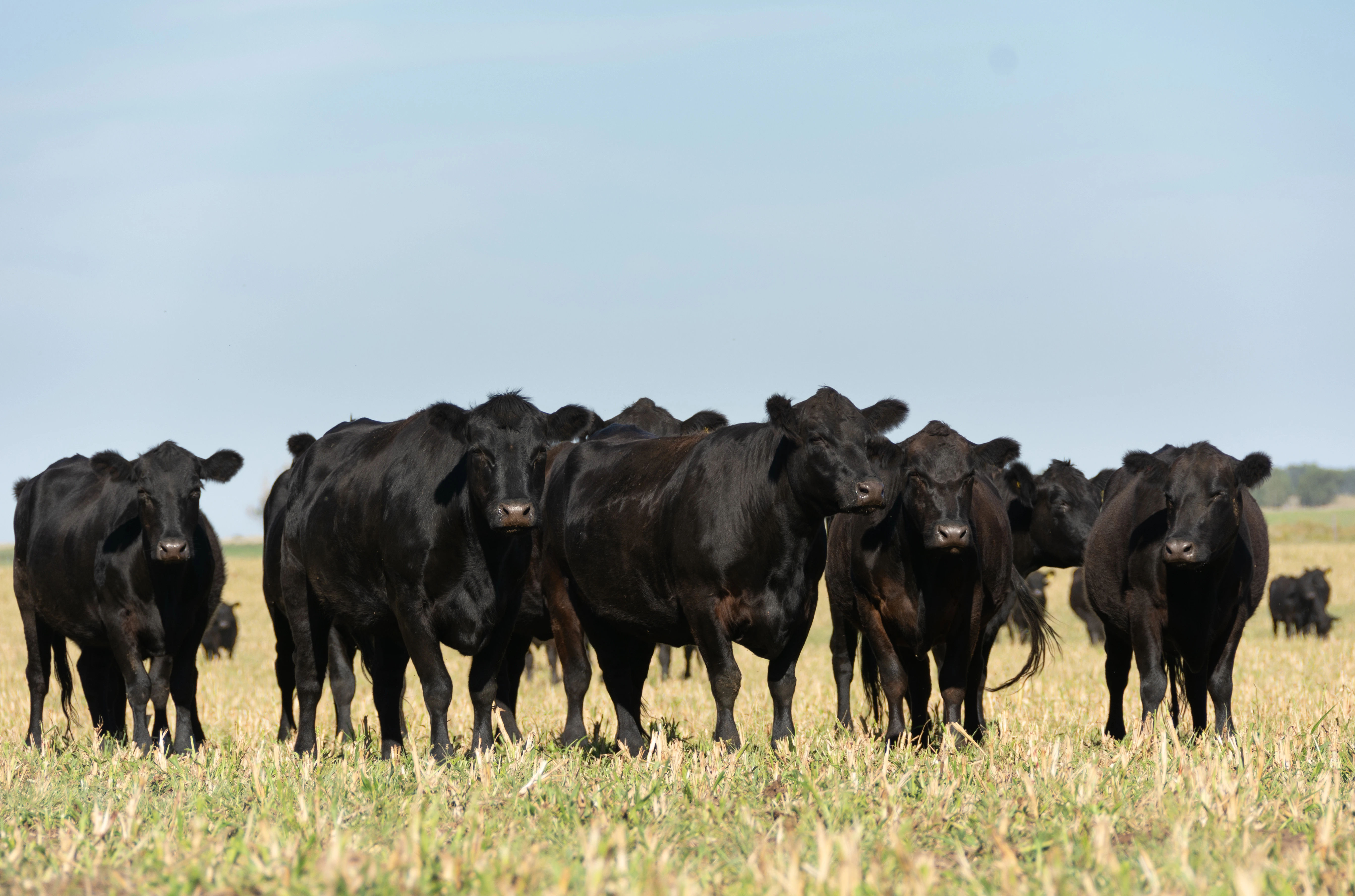.jpeg)
The transition period is one of the biggest opportunities to impact each cow’s future on your dairy. A successful, healthy transition gives her the best chance to be a productive and profitable member of the herd long term. But any little hiccup during the transition period can lead to problems that cows may not be able to overcome.
Researchers at the University of Glasgow Scotland recently looked at several management factors that may influence the success or failure of individual cows during the transition period. Length of stay in the close-up pen, prepartum stocking density, calving density, and time from last pen filling to calving were all evaluated to determine if there were negative impacts on early-lactation health, milk production, reproduction and culling.
The study involved 2,780 Holstein cows located on two dairies that had recently built new close-up cow facilities. Each barn provided the recommended 30 inches of feeding space per cow and was sized to accommodate fluctuations in the number of cows calving each week. Both dairies housed first-calf heifers and multiparous cows together. Once each week cows were moved from the far-off dry group into the prepartum close-up pen at 21 to 27 days before predicted calving date. Both dairies used automated activity monitoring systems to detect heats and provide health alerts.
The data analysis included records from 2,593 cows. The research team found a strong positive correlation between days spent in the close-up pen and gestation length for all dams.
Other results included:
- Each percentage point increase in the stocking density during days 8 to 2 before calving was associated with a substantial increase in the odds of disease in all cows. The greatest increase occurred in multiparous cows with each 1% increase in stocking density resulting in a 12% increase in the odds of disease.
- An increase of stocking density during days 8 to 2 before calving was associated with a reduction in both early lactation milk and 305-day milk in multiparous cows. In first-calf heifers the impact was only on early lactation milk production.
- In multiparous cows each 1% increase in stocking density resulted in a reduction of 0.44 lb/day less milk at 28 days in milk. That means an increase of just 5% in stocking density in the close-up pen would equate to a milk production loss of about 2.2 lbs/day at 28 days in milk.
- Week 4 milk production was positively associated with time to next pregnancy in multiparous cows. In other words, second-lactation and greater cows that launched successfully into lactation also became pregnant again more quickly.
- In multiparous cows, disease occurrence in early lactation increased the hazard for culling.
- In first-calf heifers disease occurrence in early lactation was associated with a delayed time to next pregnancy.
- In multiparous cows, the occurrence of disease plus being in the third lactation or greater, were associated with delayed time to next pregnancy.
- Culling risk decreased as week 4 milk production increased in all cows.
- Calving density was negatively associated with 305-day milk production in first-calf heifers but not in multiparous cows.
- The number of days from the last pen-filling event to calving was not associated with changes in milk production.
These results suggest that stocking density in close-up facilities (including both resting space and feed access) can influence early lactation disease incidence and subsequent lactation performance. And it’s a cascade effect – overstocking leads to disease, disease hampers milk production, milk production is correlated with reproduction, and so on.
While this was an observational study in two very-well managed herds, the results illustrate how small changes in stocking density can alter the cow environment and unintentionally lead to negative impacts on individual cows. It really is a balancing act to successfully shepherd cows through the transition period. And small changes can affect first-calf heifers and multiparous cows differently.
To learn more about this research please go to: https://www.journalofdairyscience.org/article/S0022-0302(24)01050-6/fulltext








